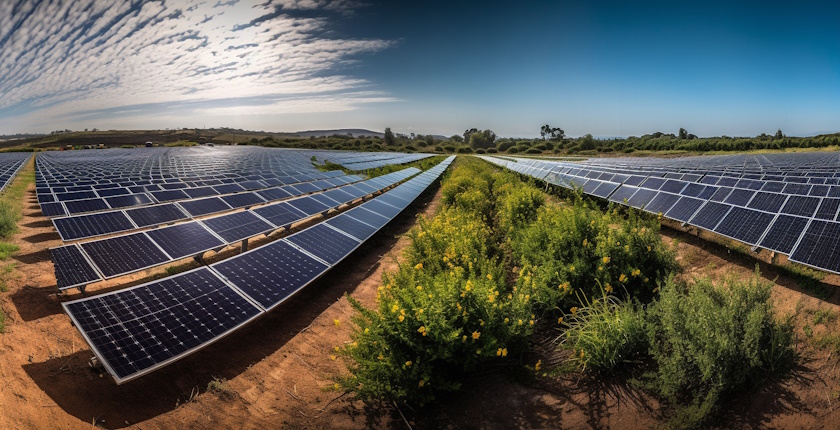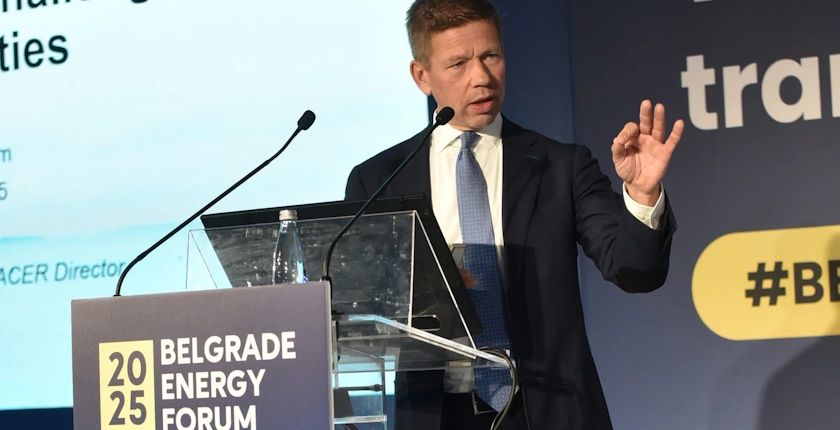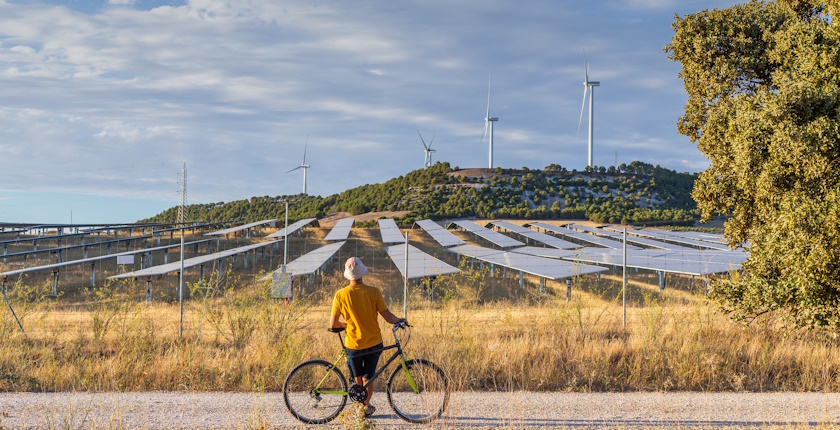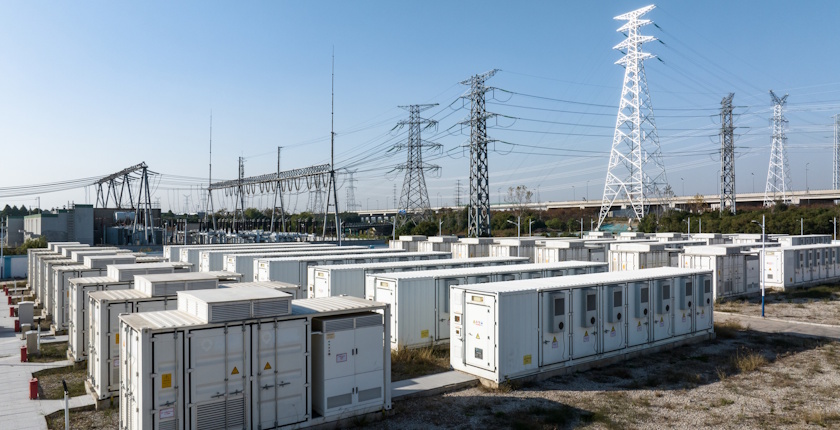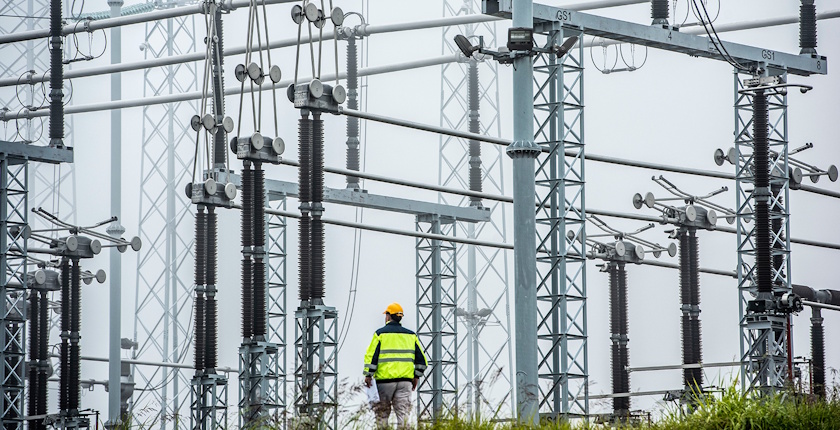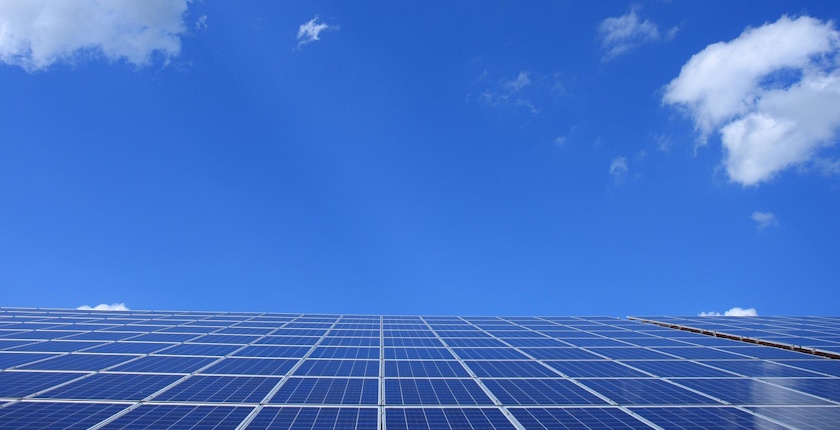
INA, E.ON sign power purchase agreement in Croatia
Croatian oil and gas company INA and German energy giant E.ON’s subsidiary in the Southeastern European country have signed a power purchase agreement for electricity from renewable sources.
The power purchase agreement (PPA) will enable INA, majority-owned by Hungarian MOL, to use energy from its own power plants, even from remote locations where the produced electricity or surplus is fed into the grid, the companies said.
The electricity purchase covers three cogeneration plants and 18 photovoltaic plants with a total annual production of 20 GWh. INA’s largest solar power units, Virje and Sisak, have a combined capacity of about 13 MW.
The companies said it is a 2-in-1 solution – supply and purchase of electricity, creating a long-term sustainable energy system and allowing energy produced at one location to be used at another.
E.ON Croatia said it is connecting production and consumption into one efficient, closed energy system
With the partnership, the two firms are connecting production and consumption into one efficient, closed energy system, said E.ON Croatia.
It marks a new phase of cooperation, focused on developing a smarter, more flexible energy system, sustainable in the long term, according to the German energy giant’s subsidiary.
Ivica Kuliš, manager of the energy retail division of E.ON Croatia, said the utility is proud to become INA’s key partner in its electrification efforts, not only through supply but also by purchasing electricity. It directly enables flexible, locally produced energy to be available where it is needed most, he added.
Sokolović: INA is laying the foundation for long-term energy independence and decarbonization
By investing in its own production and using the PPA model, INA is laying the foundation for long-term energy independence and the decarbonization of its operations, said Dalibor Sokolović, head of the company’s department for new and sustainable businesses.
Such solutions enable more flexible and responsible resource management, Sokolović added.
Of note, according to an earlier analysis by Pexapark, the European PPA market entered an adjustment chapter last year, characterized by record deal-making for smaller volumes. Namely, the firm’s tracker registered a decrease of around 11% in total disclosed contracted volumes vis-à-vis 2023, to 15.2 GW.

